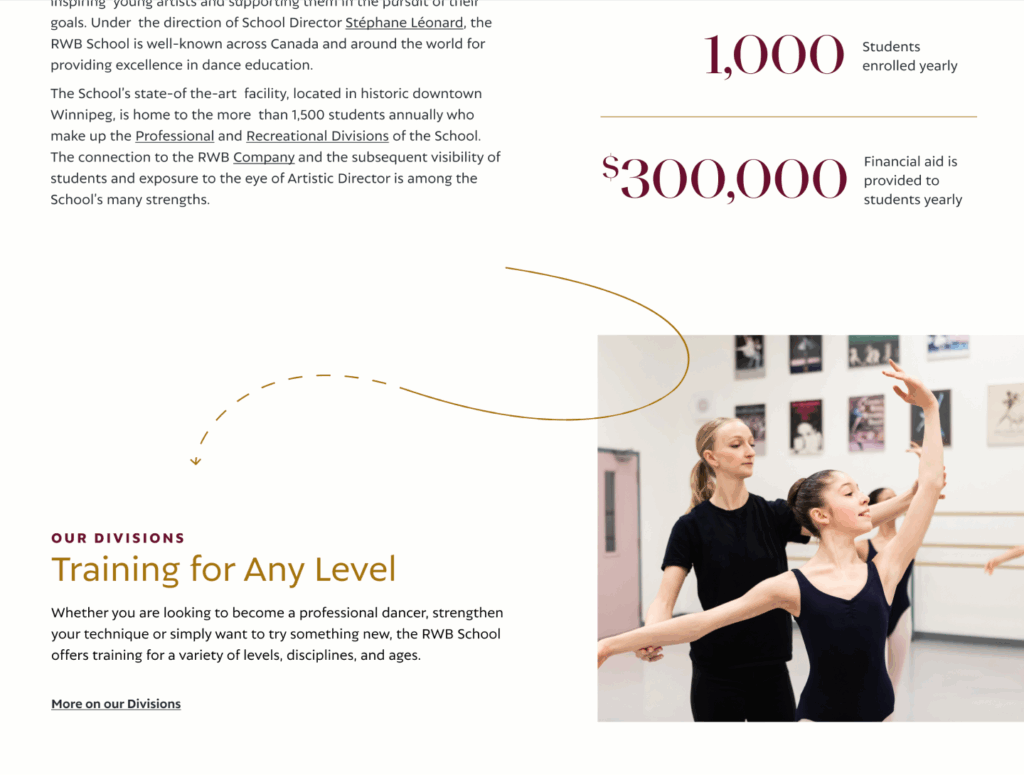Line length & text alignment
Optimal readability requires line lengths of 45–90 characters, minimal column use, and careful text alignment. Flush left is preferred; avoid flush right, centred, or justified blocks that hinder consistency, legibility, and accessibility.

Line length & columns
Line length should be between 45 to 90 characters, including spaces. Some research has indicated that people prefer line lengths on the shorter side of this range.

Shorter line lengths
Shorter line lengths increase the cognitive load on the reader by forcing them to jump to a new line of text more often. If a line length is too short, the reader will also be faced with the distractions posed by either the uneven rag, or gaps made by justification.
Longer line lengths
Longer line lengths make it more difficult to find the starting point for each new line of text. If a line length is too long, it will also cause difficulties for those with neck mobility issues. Ideally, only the eyes should need to move in order to read a passage of text.
Columns
Line lengths beyond 100 characters should almost certainly be split into two columns. However, it should be noted that multi-column layouts can impede accessibility. Only utilize columns when necessary, and only implement the minimum amount to avoid readability issues.
Text alignment
Flush left/rag right
Flush left is usually the best choice when typesetting in a left-to-right written language. The flush left edge creates a common starting point that the eye can quickly find to start each new line of text. This is particularly helpful for readers with restricted visual fields. Most people are so accustomed to reading this way that they hardly notice the ragged right edge of the text if the line length is appropriately set. For most digital devices, setting text Flush Left is a best practice and the only practice from a technical perspective.
Flush right/rag left
Flush right should be used very sparingly. It can be an effective choice for a small amount of text that is meant to stand out from the main content such as a caption. In most cases however, it should be avoided altogether. Never set any extended block of text in flush right.
Centred
Centred text should also be used sparingly. It can be an effective choice for headings or other small amounts of text that are meant to stand out from the main content. Never set any extended block of text as centred.
Justified
Justified text also provides the left alignment that aids accessibility, and it also completely eliminates the distraction of the ragged right edge of the text. To the uninitiated, this may seem like the most accessible option, but it is important to understand that this crisp right edge is achieved by varying the word spacing, letter-spacing, and glyph scaling from one line of text to the next. This inconsistency decreases the overall readability of a text, and can create distracting spaces between letters and words. These spaces can in turn create patterns of distracting vertical “rivers” of space through an entire text block.
Avoid using justified text in print, unless you have a sufficiently long line length, and you have the skill and time to expertly set the variable word spacing, letter spacing, and glyph scaling.
